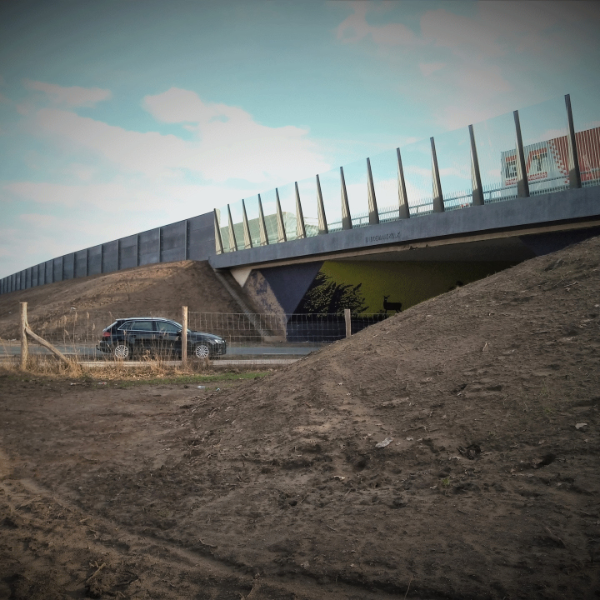Circular noise barrier procurement manual

Circular noise barrier procurement manual
Over the next few years, Rijkswaterstaat and ProRail will install 17,000 new noise barriers as part of the Multi-Year Noise Remediation Programme. The required materials and transport have a major environmental impact. It is therefore imperative to minimise these. This starts with procurement, for which we designed a manual on behalf of RWS.
The objective of Rijkswaterstaat is to work circularly by 2030. Reusing existing noise barriers and materials and achieving noise barriers with the lowest possible environmental impact play an important role in achieving this.
Since integration restrictions apply to the reuse of existing noise barriers, the focus is on the construction of new noise barriers. Given the large volume (17,000 panels/100 km/48,000 tonnes of CO₂-eq), RWS and ProRail can make quite an impact in this area.
The question, however, is: how to make an ambition workable for project teams? After all, they must specify the conditions these sustainable noise barriers must meet to the market. To this end, we developed a manual that will allow them to steer towards three criteria during the contract preparation phase: ECI (environmental cost indicator), detachability and choice of materials.
In defining the procurement strategy, it was decided to include ECI and choice of materials as award criteria and ensure detachability in the technical requirements. The reason therefore is that ECI and detachability are at odds with each other. After all, better detachability often leads to using more material and thus increasing the ECI.
More information?
